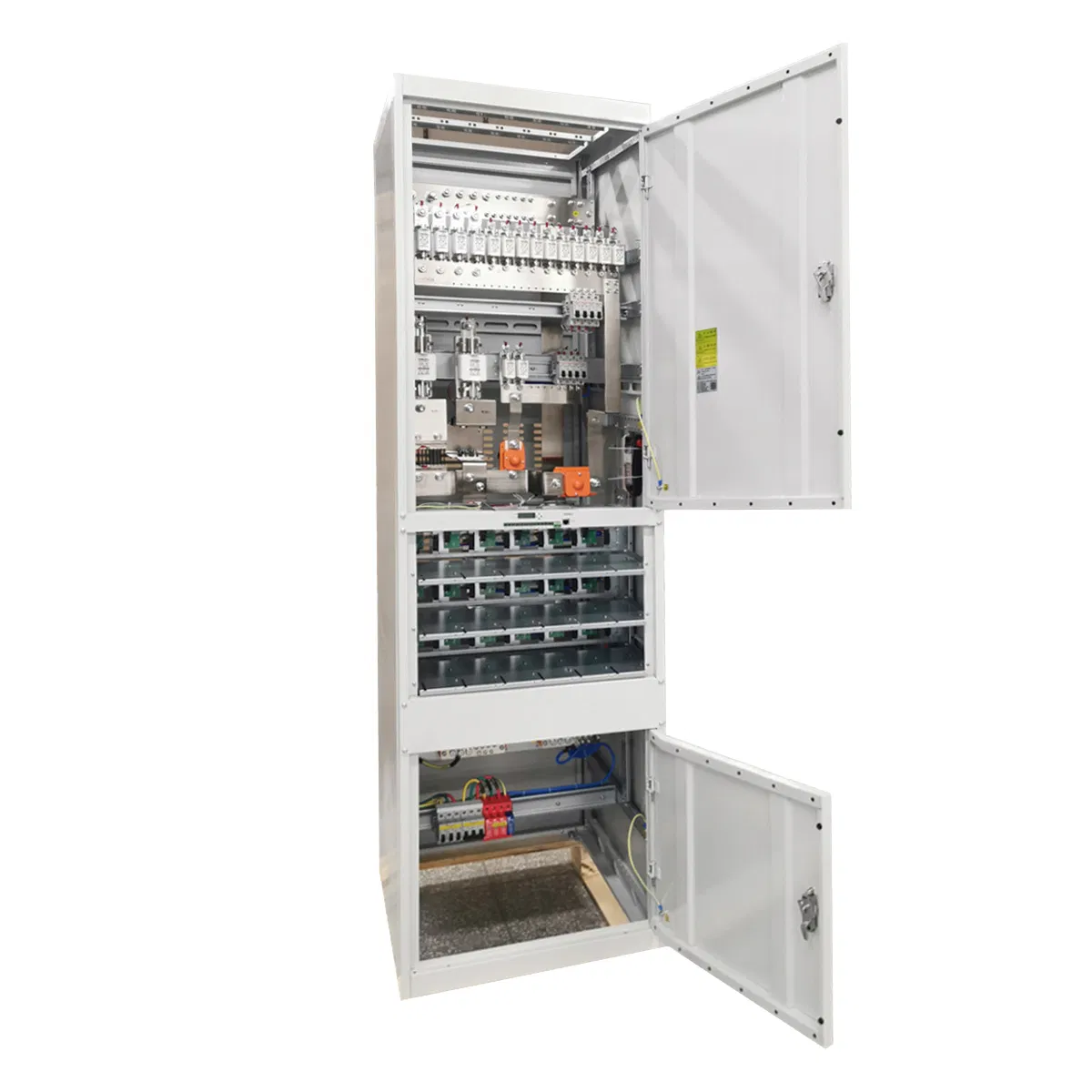Telecom Energy Management: Guaranteeing Dependability and Effectiveness

Within the fast-paced realm of telecom, guaranteeing continuous service is crucial. A reliable energy supply is a foundation of all telecommunication infrastructure, and a carefully crafted telecommunication energy management system holds a vital role in sustaining dependability and effectiveness. With the increasing demand for information and the growth of network technologies, the importance of an effective telecommunications DC energy system has never been more evident.
Telecom DC Energy Systems are uniquely designed to address the specific power needs of communication networks. These systems transform, manage, and distribute electrical power efficiently, minimizing losses and guaranteeing that critical equipment operates seamlessly. As the industry advances, integrating sustainable energy resources and optimizing power usage has become crucial for long-term growth, making effective power management not just a requirement but a competitive edge in the current fast-paced landscape. spintax

### Introduction to Telecom Power Supply Systems
Telecommunications power supply systems are vital for the smooth operation of telecommunication networks, ensuring that essential equipment operates without breaks. These systems generally convert mains power into the required voltage and current levels needed for various telecommunications equipment, including network devices. The dependability of these power systems is crucial, as any failure can lead to significant downtime and disrupt telecom services.
A telecommunications DC power system is often used due to its efficiency in powering multiple devices. Unlike AC power, which requires complicated conversions, DC systems provide immediate and stable power, minimizing energy losses and improving the overall performance of telecommunications equipment. This stability is especially important in environments where fluctuating power can affect the functionality of delicate electronic devices.
In addition to offering reliable power, telecom power management adds failover systems and backup strategies to enhance dependability. This typically includes battery backup systems and uninterruptible supply systems that activate during outages. By combining these components, telecom companies can make certain that their networks continue to operate under various conditions, thus upholding service quality and customer satisfaction.
Key Components of Telecommunications DC Electrical Solutions
Telecommunications Direct Current power systems are essential for ensuring the reliable operation of communication infrastructures. One of the essential components is the DC power supply, which changes Alternating Current power from the grid into the necessary DC voltage outputs. This transformation is crucial as most telecom equipment functions on Direct Current power. The power supplies are designed to provide consistent and efficient electricity, protecting delicate equipment from voltage fluctuations that could lead to downtime or device damage.
Another key component is the battery backup system. In telecommunication environments, consistency of service is crucial, and battery solutions ensure that power is available even during power failures. These batteries are typically fitted with monitoring solutions that provide real-time updates and alerts for repairs. A properly maintained backup battery solution not only protects operations during unexpected interruptions but also contributes to the overall reliability of the communication infrastructure.
Finally, power distribution panels play a key role in controlling and distributing DC electricity throughout the communication site. These panels ensure that the correct voltage levels is distributed to various device racks while providing protection fuses and circuit breakers for protection. Effective electricity management minimizes waste and enhances the effectiveness of the solution, allowing for more efficient operation of all connected devices and network elements. The integration of these components into a cohesive solution is essential for maintaining elevated performance levels in telecommunications.
Best Practices for Reliability and Effectiveness
To attain optimal efficiency from a telecommunication power distribution system, consistent maintenance is crucial. This includes scheduled inspections and testing of all parts, such as batteries, rectifiers, and distribution panels. Implementing telecommunication power supply system helps identify potential issues before they grow into costly breakdowns. Additionally, keeping detailed records of maintenance and operational metrics allows for better decision-making and preparations for future improvements or substitutes.
Energy efficiency is another key factor in improving the dependability of telecommunications DC power systems. Utilizing advanced solutions such as efficient converters and energy storage solutions can significantly lower energy usage and operational costs. Moreover, adopting energy management systems can provide real-time monitoring and data analysis, allowing managers to optimize energy usage based on demand, which not only boosts system efficiency but also extends the lifespan of devices.
Finally, ensuring redundancy within the power system enhances reliability. This can be realized by incorporating redundant power solutions, such as UPS and backup generators, to maintain uninterrupted operation during outages. Furthermore, designing the telecommunications power supply system with redundancy at essential points minimizes the risk of total system failure. A well-designed and redundant power architecture eventually leads to improved service reliability and customer satisfaction.
